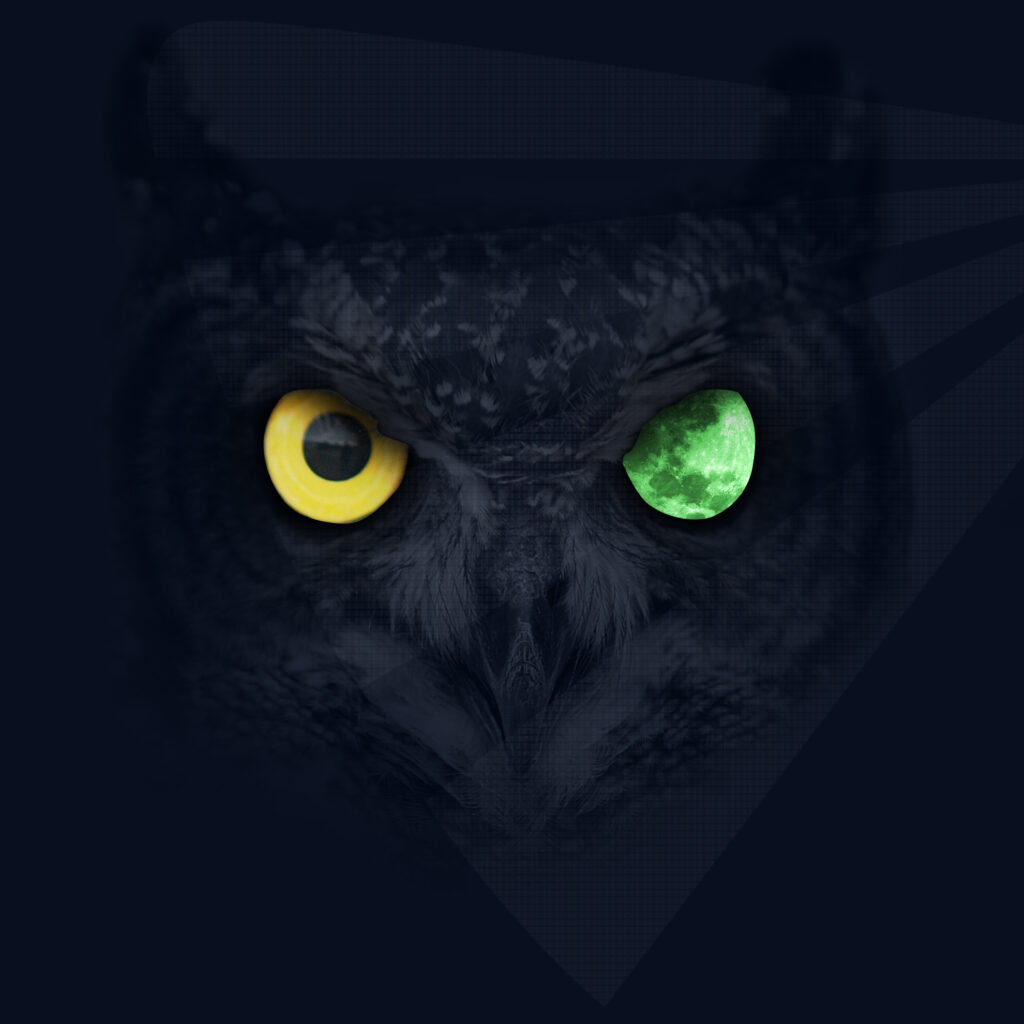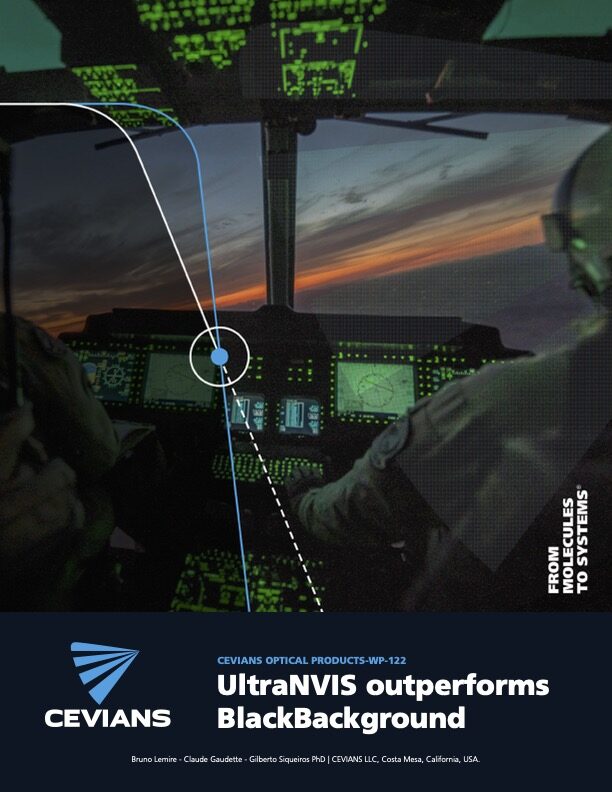Over the last 40 years, military avionics have been using the MIL-STD as the guide for night vision compliance. Formerly relying on MIL-L-85762A and now having MIL-STD-3009 as a revised version of the original standard. Cevians participated in the definition of these military standards more than 35 years ago. The rationale behind the standards, which was then documented, included explanations on the allowable level of radiance from display instruments. Evidently, the requirements were defined in order to attain mission performance -at the time- and therefore considered to be achievable using available technologies. Not only was it perfectly practical to limit the scope to these technologies, but having included unduly expanded futuristic technologies would have significantly increased system costs only for plausible future needs. As a result, the radiance levels in the military standard essentially focus on unit requirements, that is, how much near-infrared energy coinciding with night-vision goggles’ sensitive range can be emitted by a display unit. That approach has allowed the broad deployment of easy-to-apply quantified limitations without the need for broad mission considerations.
The Progression of Avionics and Display Technologies
For decades, display products have been certified to MIL-STD-3009. Over time, avionics and display technologies have trended towards the rapid expansion of total display surface area, with discrete instrument functions integrated into multifunction displays. During the same period, display technology migrated from emissive to transmissive solutions, which significantly increased near-infrared emissions. Near-infrared emissions in CRT displays were limited to emitting pixels only in contrast to AMLCD technology, where a backlight illuminates all of the pixels, including pixels in the off state.
Subscribe to our newsletter for our latest insights, product launches and industry news.
By submitting this form, you are consenting to receive marketing emails from: . You can revoke your consent to receive emails at any time by using the SafeUnsubscribe® link, found at the bottom of every email. Emails are serviced by Constant Contact
BlackBackground Optical Filters
With the consideration of these factors, Cevians developed advanced optical filters using unique thin-film deposition processes. Cevians’ BlackBackground technology has become the industry performance standard and has been driving OEM specification definitions for years. These products are deployed in the most advanced cockpits. In its quest to further improve mission efficiencies, Cevians strived to reduce the radiance level further while also increasing the red content in display systems.
Defining The Standard for NVIS Technology
In order to achieve such performance, it is critical to have highly controlled cut-off points where the filter transmission transits from above 95% in the visible range to 1E-11 in the near infrared. It is also as critical to have the attenuation slope as steep as possible. The parameters are closely linked in the design of the thin film coating and the deposition strategies. Cevians has developed and demonstrated the process capabilities of an improved NVIS thin film coating, calling it UltraNVIS, which surpasses the performance of its previous BlackBackground. There is a reduction of 22% in radiance and an increase in red saturation from delta u’v’ of Y.
If you want to learn more about Cevian’s advancements in the realm of NVIS technology and product solutions, our team of experts is available to answer all your questions and provide you with additional documentation here.


